A potted history and photo gallery
Please note that this text is an extract from a reference work written in 1990. As a result, some of the content may not reflect recent research, changes and events.
In 1086 the manor of Falmer was held by the Priory of St Pancras at Lewes, but in 1776 it was sold to Thomas Pelham, later the Earl of Chichester, and was part of the Stanmer estate of 4,958 acres acquired by Brighton Corporation in 1947. Therefore, although Falmer lies just outside the borough boundary, much of the village and parish, including the pond, the green and many of the old cottages, is now the property of Brighton Council. Domesday also records a population of around 300 and a church at Falmer, but the present Church of St Laurence was rebuilt in about 1850 in Norman style. The inappropriately named ‘Falmer Diversion’ A27 road scheme was completed in 1981, splitting the village in two, but it was in fact the second diversion of the main road which originally ran on the northern side of the village along Mill Street until the late eighteenth century.
The parish of Falmer, a member of the Newhaven Union and later Newhaven Rural District, covered a large area to the east and south-west of the village, with a detached portion of 242 acres known as Patchway in the Old Boat Corner area. On 1 April 1928 Brighton annexed 781 acres of Falmer, including the areas around East and North Moulsecoomb , Bevendean and Falmer School. In 1934 Patchway was transferred to Stanmer, and on 1 April 1952 a further 1,028 acres were annexed by Brighton, including the lower part of Stanmer Park , the sites of the university and polytechnic campuses , and a large area of downland on Falmer Hill. At the same time Falmer, by then in Chailey rural district, absorbed that part of Stanmer parish not similarly transferred. It is now a parish of 3,122 acres under Lewes District Council.
Any numerical cross-references in the text above refer to resources in the Sources and Bibliography section of the Encyclopaedia of Brighton by Tim Carder.
The following resource(s) is quoted as a general source for the information above: {1,84,123,279,305}
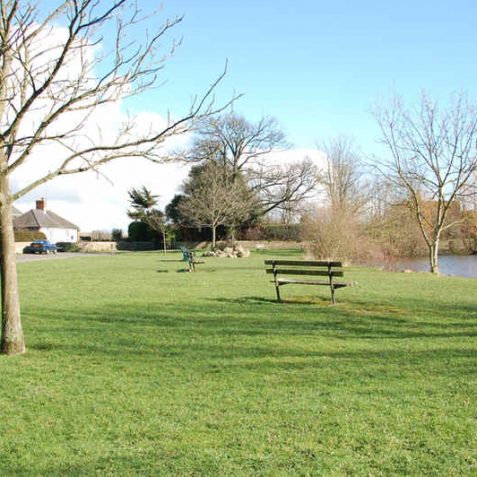
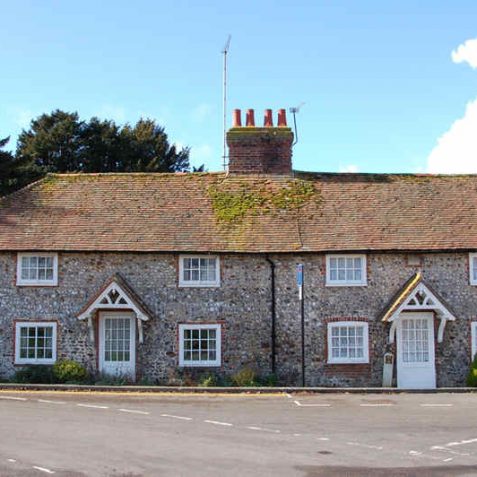
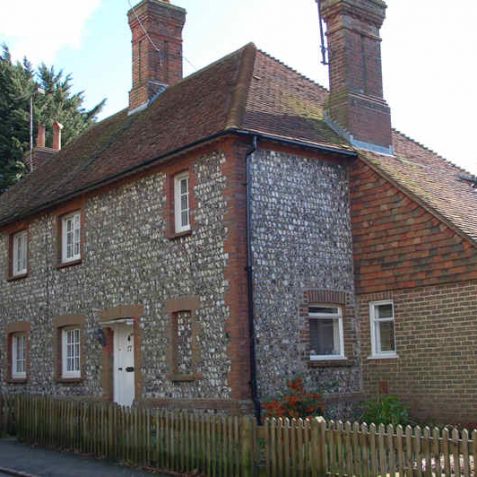
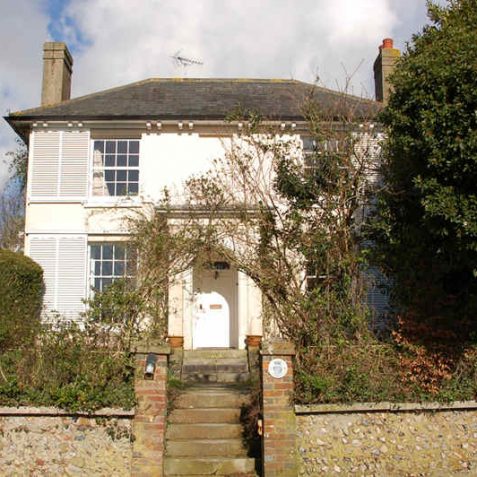
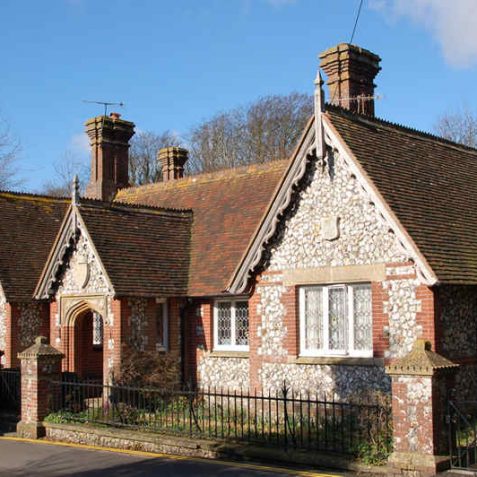
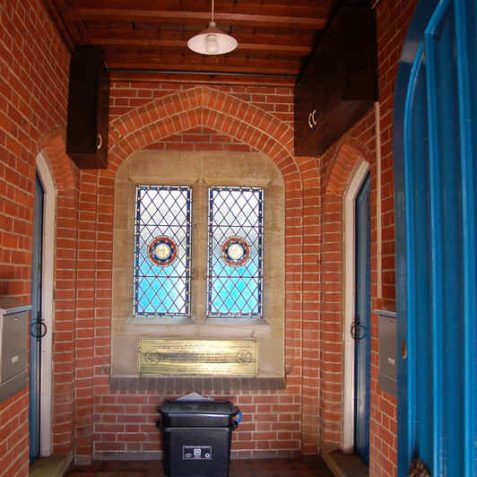
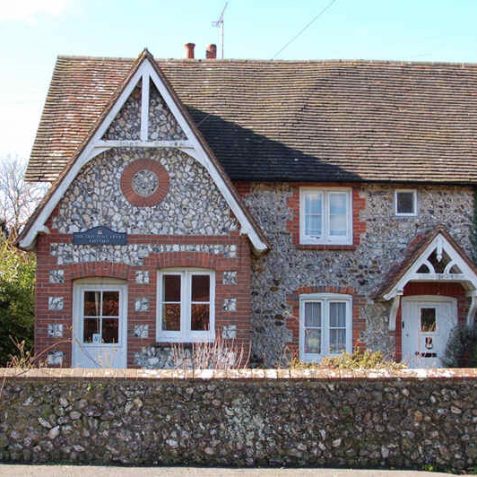
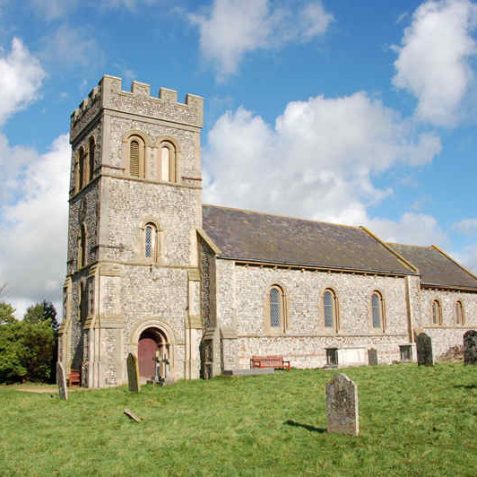
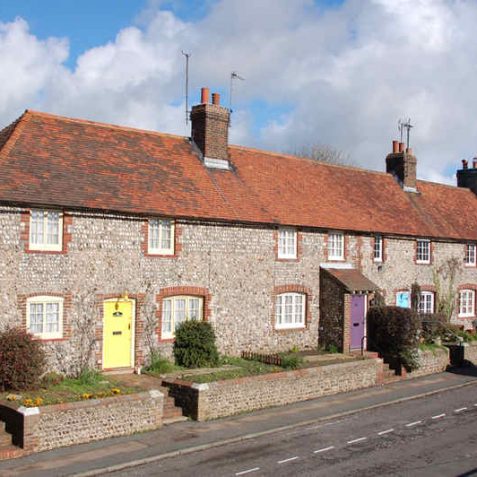
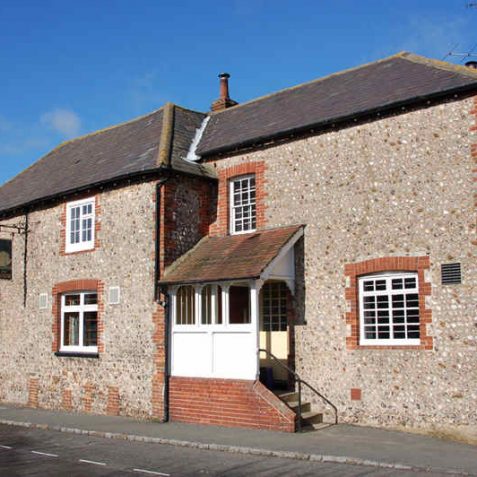
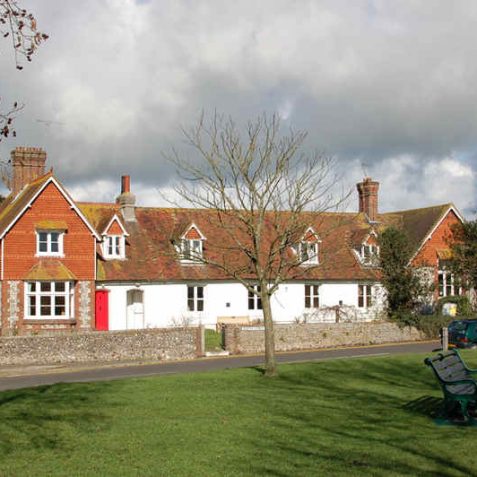
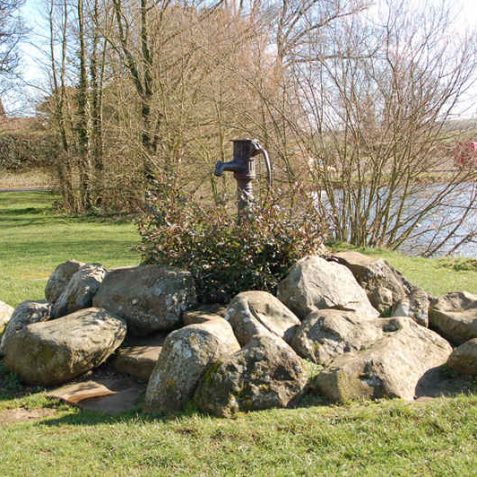




Comments about this page
In the 1930s me and my brothers used to saunter over to Falmer pond to get some tadpoles. We lived in Coombe Road and made our way over Bevendean to the Woodingdean Road We used to wade out to the island in the centre of the pond to catch our tadpoles. We would then saunter home. I was only 7 or 8 years old and walking everywhere was a part of life.
I was wondering if anyone could tell me why the village school closed when it did? I understand that the number of children was low but could anyone explain to me why that was?
How wonderful.
I take my 18 month old son to that pond, we buy veggies from the farm shop then feed the ducks. We take the scenic route in the car- from Elm Grove via Woodingdean.
As a Sydneysider who has recently relocated to Hanover I love exploring the country roads and revel in the calm of the rural idylls.
Non-entry into pubs before WWII by children was carefully observed. The Swan was no exception to that, so any time children accompanied their parents, they would duly be seated outside at the back where the present day car park is situated, drinking their home-made lemonade.
John the licensee, and his wife who’s name I can’t remember, efficiently ran the place. Both were persons of some stature and applied a humorous yet commanding style within the premises. John’s son of the time, another John, is now the licensee and serves a very good yet cheap midday lunch.
During WWII, the pub would be filled with Canadian soldiers from their location in the Stanmer Village area where there was a large contingent of tanks and other armoured vehicles all parked along the road leading to Stanmer Village, conveniently situated under the trees either side of the road. A wild bunch of men yet quite docile in the presence of the licensee and his wife!
Almost, if not all of those soldiers were moved to Newhaven and took part in the infamous Dieppe Raid where many lost their lives. Prior to that happening, they would engage in manoeuvres and often were occupying the whole of Newick Road where I lived, sprawled “all over the place” after a tiring day. Tea galore was handed out by the women in the road then, after about half an hour they would be marched off towards Stanmer.
As a child in their presence I learned some extra, crude, words not heard for many years but in recent times resurrected in hollywood films!
There seemed to be hardly any children in the village when I was a child there during the 1930s. In fact the only child I can clearly remember was the Swan Pub licensee’s son John who is the present day licensee. (He happens to be the spitting image of his dad.)
Remembering how life was in those days, even though there were people of working age in the village, from what I noted, the few children in the area would have lessened even further with the occupation of quite a number of the cottages by people moving in from other areas and being of an older generation.
That village pump ceased working a long time ago. About 1932 was the last time it produced water so far as I know. I think the water was there but possibly for safety reasons, it was left out of order. Instead, we children from the area would go to the cottage situated at the side of the village school where the lady had a tap attached to the wall at the side of the property. A key was required to work it; that way the lady, who always obligingly turned it on for us, would have complete control over it. The times so many of us were very thirsty in the heat of the summer months affords fairly clear memories of wanting water and gratefully being satisfied!
I don’t know whether I have it right or the above record has but, in my lifetime I’ve only ever known the Church as St. Lawrence Church, not St. Laurence.
Having had my birth in 1927 registered at Newhaven, the tale being that dad Spicer road a bike there from Moulsecoomb for the occasion (could the system have been that mad?) due to the area being encapsulated within the domain of Lewes, (such words for the non-religious like me!) I reckoned that our family had sufficient influence in the church system to allow for our daughter, Beverley, to be married there. Not so. The vicar explained that his main interest was in the university and that he had no wish to conduct such a ceremony. I was invited to speak to the Bishop about it if I wished but he, the vicar would register his objection. What a difference nowadays with the church system waking up to the fact that it is diminishing for a number of reasons and that inviting the public to apply from wherever for a wedding service would be acceptable. Well, so it is in a number of areas nowadays.
Which brings me to the Rev. Ashdown, the WWII wartime parson who married Joy and me. I did mention him elsewhere but haven’t seen my printed comment. He was an eccentric to say the least, but pleasant. During the ceremony he referred to the fact that we were not to be married for lust but to remain forevermore, loving, dutiful and caring for each other.
During the war he became so incensed at the local village attitude, which apparently was paying insufficient attention to church matters and taking more note of the good time due to the thought that tomorrow could see everyone dead, he exclaimed at his Sunday service that it would metaphorically do the village good to have a bomb exploded on it to wake up everyone. The national newspaper headlines dutifully told the nation!
Was this building once the village school?
I like to remember Falmer as it was when I started work (aged 16) there in 1963, a village away from the bustle of Brighton. I worked for the Blackman family who had a market garden there, Holding No31; and also the greengrocers shop in Lewes Road. It all gradually changed when a road split the land in two, it led to the college on the other side of the woods. Now it is slowly disappearing altogether. Bert Blackman used to live at 69 Park Street, but his brother Len lived nearer the main road. When I was younger still, a trip to Falmer on the Southdown bus was a real treat and seemed miles from home in Picton Street.
I lived in the village from 1984 onwards. My mum still lives there. What a wonderful place to have grown up in.
John’s wife was called Francis.
Some of my family on my paternal grandmother’s side seem to have been intermarried into the Pelham family and the Earls of Chichester. Her maiden name was Deacon. I don’t know why or how it happened and I haven’t been able to find anymore about it even with the advent of ‘the net’. All I know is that my uncle Jack had Pelham as a middle name and so did my nan. They are interred at the Falmer church cemetery and you can see them easily – the one furthest from the church up past the pond.
Does anyone remember where the Southdown Hunt used to meet at Falmer in in the 60s? I recall a green area opposite a line of houses. Hazy memories.
If I have it right I am sure the writer and broadcaster Godfrey Wynn lived in one of the Swan Cottages.
Ref Mick Peirsn’s comment, apparently it was Mill House on Mill Street that was the home of the writer Godfrey Winn who had a regular column in a national newspaper. It’s mentioned on page 5 of a Conservation Area Appraisal document by Lewes DC, here: https://www.lewes-eastbourne.gov.uk/_resources/assets/inline/full/0/258948.pdf
Add a comment about this page